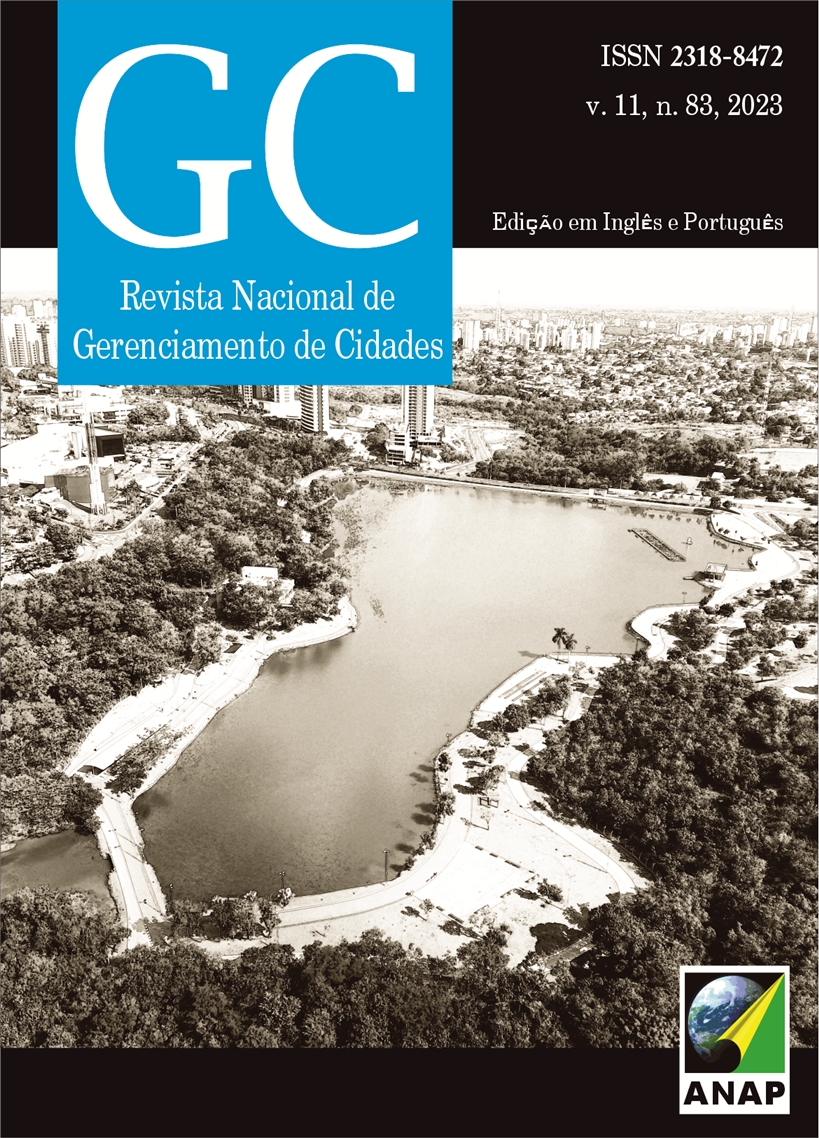Modeling of urban canyons in tropical savannah climate: Relationship between geometric parameters and microclimate at pedestrian level
DOI:
https://doi.org/10.17271/23188472118320234706Palavras-chave:
Urban Climate, Urban planning, Bioclimatic Urbanism, Computer Simulation, ENVI-metResumo
The population increase in cities has driven a gradual process of modification from the natural to the built environment. These transformations condition a typically urban climate, often characterized by an increase in air temperature, a phenomenon called urban heat island (ICU). In the search for sustainable and resilient cities, the literature points to the compact city model, and verticalization emerges as an alternative to make population demand viable. The objective of this investigation was to analyze the effects of the geometry of urban canyons on the microclimate, based on the H/W ratio and the orientation of the roads, taking as object of study the city of Arapiraca, Alagoas, with a tropical savannah climate. To this end, computational simulation was used in the ENVI-met v.4 Beta software in predictive analysis, based on 18 hypothetical scenarios. The scenarios vary in the application of initial and progressive minimum setback to the number of floors, with the incidence of predominant ventilation perpendicular (N = 0°) and oblique (N = 45°) to the buildings, for the hot and dry period. The performance of the canyon was evaluated by comparing air temperature, average radiant temperature and wind speed at 3 p.m., the period with the highest air temperature. The results revealed that in deep canyons with the use of the initial retreat, the extension of shaded area was greater, which decreased the mean radiant temperature. However, the scenarios with the use of progressive retreat showed better performance in terms of wind speed. In this case, the oblique orientation of the vias potentiated this result.
Downloads
Referências
Downloads
Publicado
Edição
Seção
Licença

Este trabalho está licenciado sob uma licença Creative Commons Attribution-NonCommercial-ShareAlike 4.0 International License.















